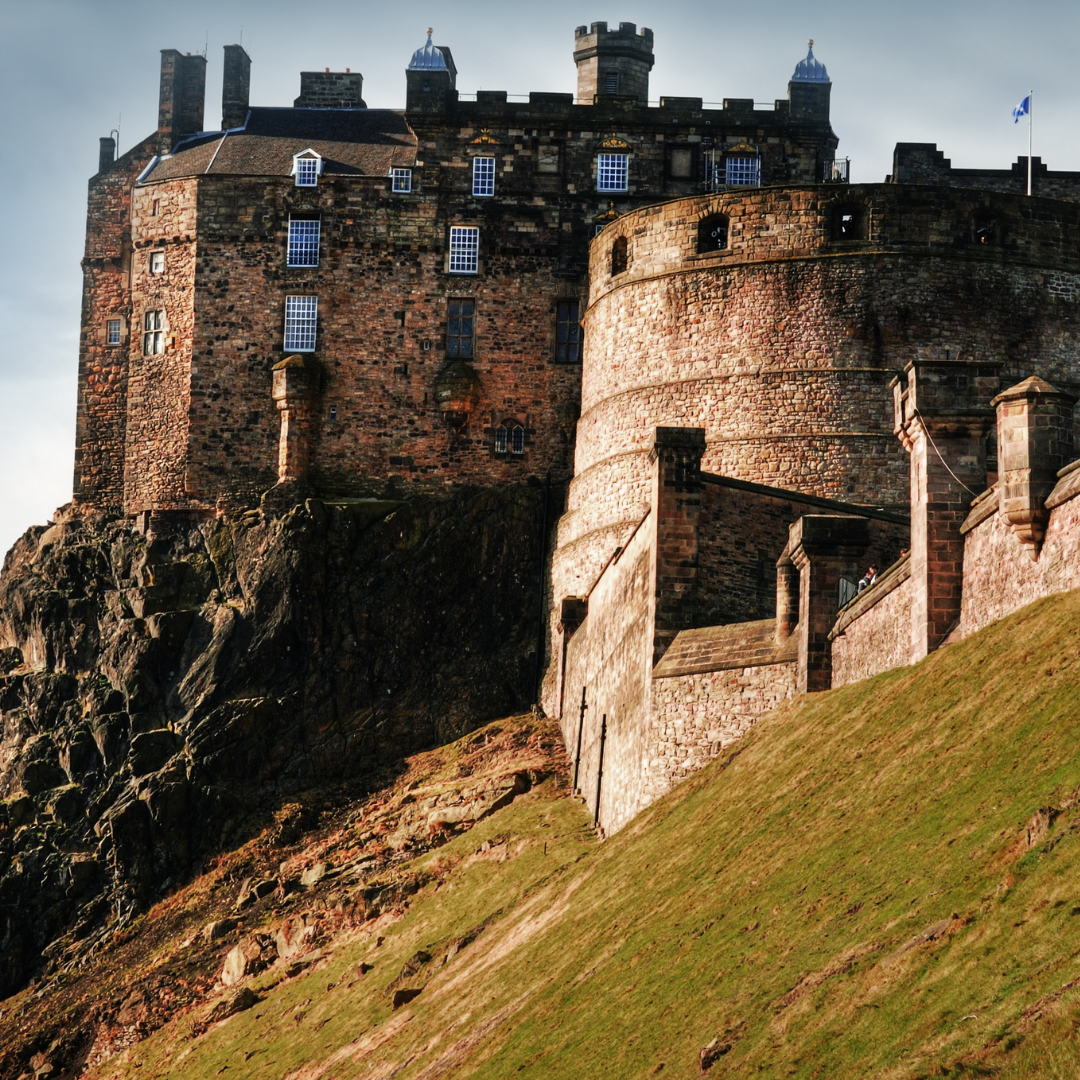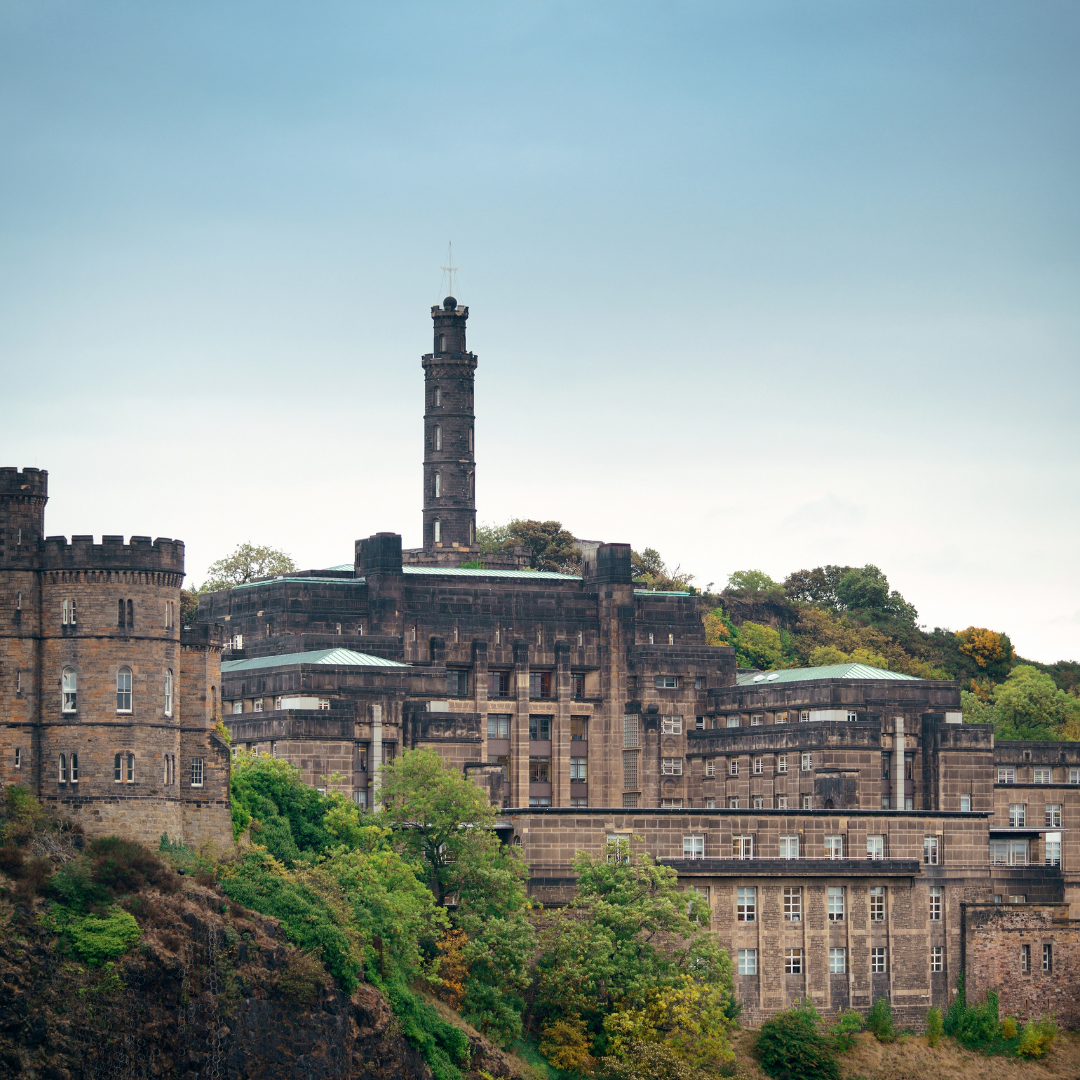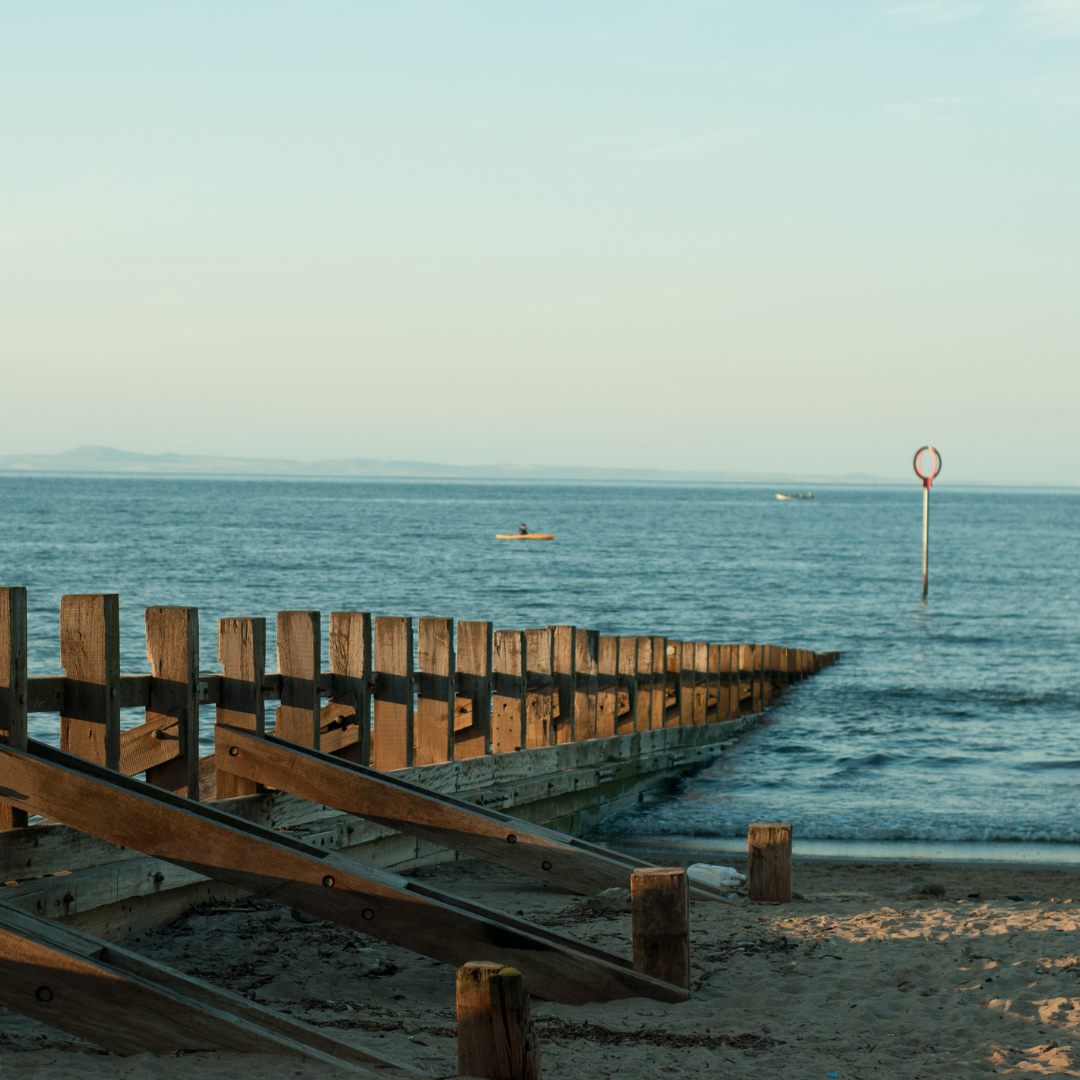What are the most famous landmarks in Edinburgh?
Famous Landmarks in Edinburgh: A Sightseer’s Guide
Scotland’s capital is one of the most beautiful cities in the world, packed with history, culture, and stunning architecture. If you’re planning a visit, exploring the famous landmarks in Edinburgh is a must. From medieval castles to panoramic viewpoints, the city offers unforgettable sights for every visitor. Staying at our Edinburgh campsite, Drummohr, just 10 miles from the city centre, gives you the perfect base to enjoy all of Edinburgh’s attractions while relaxing in comfort by the coast. Edinburgh has been the capital of Scotland since 1437, when it replaced Scone in Perthshire. There are lots of famous Edinburgh landmarks but what are the most iconic?
Edinburgh Castle
Of all the historic landmarks Edinburgh, Edinburgh Castle is definitely the most famous. Perched on a dormant volcano, Castle Rock, this historic fortress dominates the skyline and is one of the most visited Edinburgh attractions. Edinburgh Castle is home to the legendary Royal Edinburgh Military Tattoo which takes place annually each Summer. It is one of the most besieged fortresses in Europe, facing down hostile forces an incredible 23 times. Following the Union of 1707, the Scottish Crown Jewels were locked in a chest in Edinburgh Castle until they were rediscovered by Sir Walter Scott in 1818. During World War II they were hidden in a chest. It is also home to the Stone of Destiny. Edinburgh Castle is said to be haunted by the ghost of a lone piper. A gun has been fired from the battery since 1861 and was originally designed to help sailors keep time. Today it is fired daily at 1pm. Tickets for this Edinburgh landmark sell out during the Summer months and it is advisable to book in advance.
Edinburgh Castle sits at one end of the Royal Mile. Stretching from the castle down to Holyrood, the Royal Mile is one of the most popular historic landmarks in Edinburgh. Packed with cobbled streets, traditional shops, hidden closes, and centuries-old architecture, it’s the heartbeat of the Old Town and a highlight of any walking tour.

Calton Hill
Calton Hill is visible in the logo for our Edinburgh campsite. To the North of Princes Street Garden are the monuments of Calton Hill. This Edinburgh attraction is a great place to soak up the iconic views and is a favourite spot for photography, particularly at sunset when the city’s skyline glows. Calton Hill, sometimes mistakenly called Carlton Hill, is part of Edinburgh’s UNESCO World Heritage Site and is home to several historic landmarks Edinburgh. Its Athenian acropolis was originally built in 1822 to replicate the Parthenon in Athens, but was never actually completed. It is sometimes called the Edinburgh Acropolis. There are also Dugald Stewart Monument, the upside-down telescope that is Nelson’s Monument, Robert Burns Monument, and Political Martyrs’ Monument. The City Observatory and Edinburgh Dome have been recently restored to the Collective Art Gallery and contain a new exhibition space and restaurant.

Scottish Parliament Building
Located at the opposite end of the Edinburgh Royal Mile from Edinburgh Castle, with views of Salisbury Crags and Arthurs Seat, is the steel, oak and granite Scottish Parliament building, a newer, but equally famous landmark of Edinburgh. It is frequently and informally known as Holyrood, the name means Holy Cross (‘rood’ or ‘ruid’ is an old Scots word for cross.
Designed by the Spanish architect Enric Miralles, who wanted a building that appeared to be ‘growing out of the ground, it’s construction was controversial, late and over budget. The most distinctive feature are the unusual windows, each window has its own unique shape. Guided tours are available on non-sitting days including the debating chamber.
At the same end of the Royal Mile lies the Palace of Hollyroodhouse, also known as Holyrood Palace, the official residence of the British monarch in Scotland. With lavish state apartments, beautiful gardens, and connections to Mary, Queen of Scots, it’s a must-see Edinburgh landmark for history lovers.
Arthur’s Seat and Salisbury Crags
Arthur’s Seat is the most famous natural landmark in Edinburgh. An ancient extinct volcanic hill, Arthur's Seat is Edinburgh’s highest hill, at 251m high, and offers panoramic views of all the famous Edinburgh landmarks and beyond — perfect for a sunrise hike or a scenic afternoon walk. Visible from miles around. At the bottom Holyrood Park is a popular place for walking and cycling. Nobody really knows how it got its name. According to legend it was named after King Arthur, but it is just as likely to be derived from the Gaelic term ‘Àrd-na-Said’, meaning ‘Height of Arrows’.
Forth Bridges
Visible from Arthur’s Seat and Salisbury Crags are one of the most famous landmarks in Edinburgh - the three Forth Bridges, located on the Firth of Forth, linking Lothian with Fife at Queensferry.
A UNESCO World Heritage Site, the famous red arches of the Forth Railway Bridge span the Firth of Forth at the site of what was once one of the busiest ferry crossings in Scotland. Construction started on this railway bridge in 1883 and it opened in 1890. It is 2.5km long. 6.5 million rivets were used to construct the Forth Bridge and around 200 trains a day use the Forth railway bridge. It is estimated to need 240,000 litres of paint to paint the famous red steel. The term “be like painting the Forth Bridge” is used to describe a task that can never be completed, which was a reference to the fact that once the painters reached the end of the 2.5km span it was time to start at the beginning again. However, the use of a special paint means that the bridge should not need to be painted again for 25 years.
The Forth Road Bridge was opened in 1964 and was the first long span suspension bridge in the UK, the longest outside the USA, and the fourth longest in the world. With the approach viaducts it is 2.5km long.
The Queensferry Crossing was opened in August 2017 and its 2.7km long span makes it the longest three-tower, cable-stayed bridge in the world. Over 23,000 miles of cabling were used on the bridge, which is almost the same distance as the circumference of the earth at the equator (24,874 miles). It was originally known as the Forth Replacement Crossing and was re-named the Queensferry Crossing in 2013 after a public vote.
Getting a photo of the three Forth bridges on a sunny day is an iconic Edinburgh shot. The bridges can be viewed from down below, from a train, by crossing by car, bike or on foot or from a boat tour by operators like Forth Boat Tours or Maid of the Forth.
Portobello Beach
Another Edinburgh attraction is Edinburgh’s seaside, otherwise known as Portobello Beach, with its seaside promenade of elegant Georgian and Victorian architecture and 2 miles of sandy beach. Portobello Swim Centre is a Victorian swimming pool, featuring an original Aerotone (jacuzzi) and Turkish baths. Portobello’s bustling high street, with quality independent restaurants and gift shops is a must-visit, as well as the market in Brighton Park on the first Saturday of every month, selling fresh local produce as well as crafts. Portobello Beach is a popular spot for wild swimming near Edinburgh.

Why Stay at Drummohr when visiting the famous land,marks in Edinburgh?
After a day exploring the famous Edinburgh landmarks, return to the peace and comfort of Drummohr. Choose from:
- Luxury hot tub lodges – 2 and 3 bedroom lodges available
- Cosy glamping pods and bothies – fully heated for year-round stays
- Tent and Touring pitches – ideal for those who prefer to bring their own accommodation
Located just outside Musselburgh with excellent transport links via bus or train to visit all the famous landmarks in Edinburgh, Drummohr offers a relaxing retreat close to all the action. Whether you’re visiting Edinburgh Castle, climbing Arthur’s Seat, or wandering the Royal Mile, Edinburgh is a city full of unforgettable sights. Book your stay at Drummohr Camping and Glamping site near Edinburgh and enjoy the perfect mix of city adventure and coastal relaxation.
